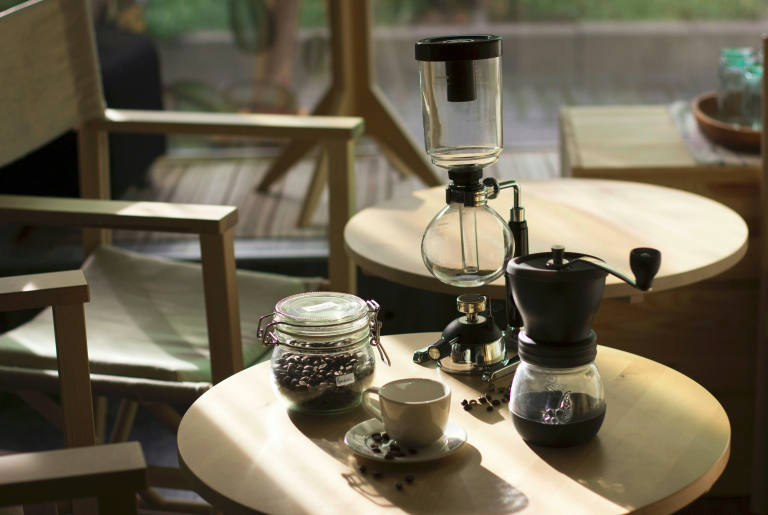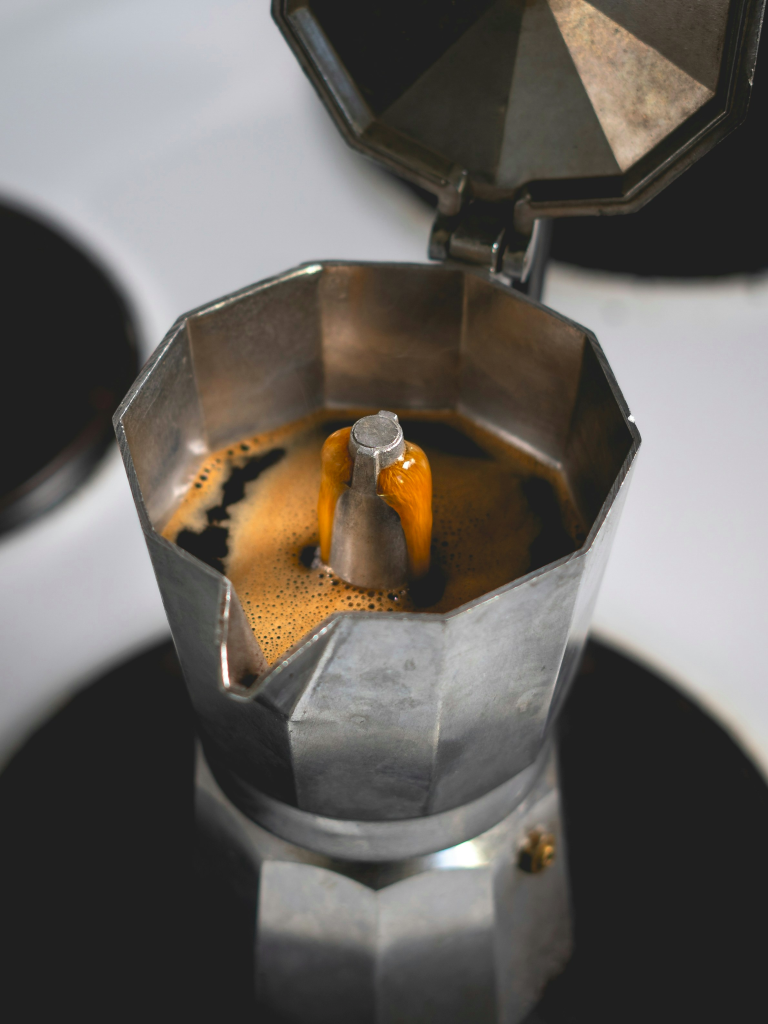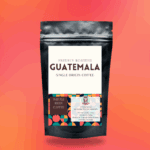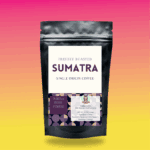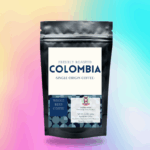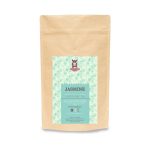Free Shipping on all U.S. orders $50+
The Complete Guide to French Press Coffee: Master the Art of Immersion Brewing
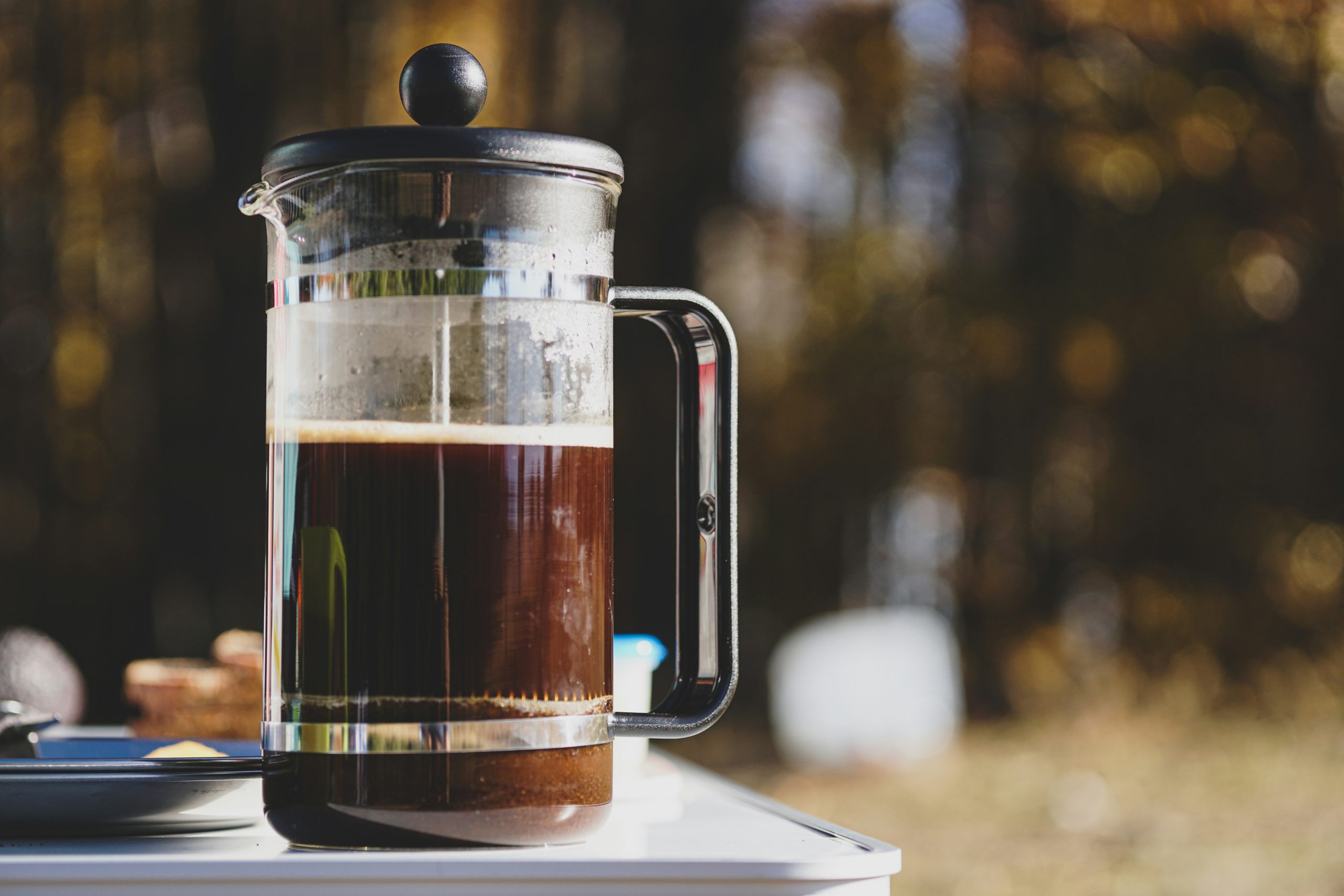
The French press remains one of the most beloved brewing methods among coffee enthusiasts, and for good reason. This simple yet elegant device produces a rich, full-bodied cup that showcases coffee’s natural oils and flavors in ways that paper filters simply can’t match. Whether you’re a complete beginner or looking to refine your technique, this comprehensive guide will help you brew exceptional French press coffee every time.
Why Choose French Press?
French press coffee offers several unique advantages over other brewing methods. The metal mesh filter allows oils and fine particles to remain in your cup, creating a heavier body and more intense flavor profile. The immersion brewing process ensures even extraction, while the longer contact time between water and coffee grounds develops complex flavors that might be missed in faster brewing methods.
What You’ll Need
Before diving into the brewing process, gather these essential items. You’ll need a French press (obviously), a burr grinder for consistent particle size, a kitchen scale for precise measurements, a timer to track brewing time, and a kettle for heating water. The quality of your equipment matters, but you don’t need to break the bank to get started.
Choosing the Right Coffee
The foundation of great French press coffee starts with selecting quality beans. Look for coffee that’s been roasted within the past two to four weeks, as freshness significantly impacts flavor. Medium to dark roasts work particularly well in French press, as the brewing method complements their bold characteristics. Single-origin coffees can showcase unique flavor profiles beautifully, while blends often provide balanced, crowd-pleasing results.
The Perfect Grind
Grind size is crucial for French press success. You want a coarse, consistent grind that resembles sea salt or breadcrumbs. If your grind is too fine, you’ll end up with over-extraction and a bitter, muddy cup. Too coarse, and your coffee will taste weak and under-developed. A burr grinder is your best friend here, as it produces uniform particles that extract evenly.
The Golden Ratio
A good starting point is a 1:15 coffee-to-water ratio, which translates to about 30 grams of coffee for 450 grams of water. This produces roughly two cups of coffee. Don’t be afraid to adjust this ratio based on your taste preferences. Some people prefer a stronger 1:12 ratio, while others enjoy a lighter 1:17 ratio.
Water Temperature and Quality
Water temperature plays a vital role in extraction. Aim for water that’s between 195°F and 205°F (90°C to 96°C). If you don’t have a thermometer, bring water to a boil and let it sit for about 30 seconds before pouring. The quality of your water matters too. If your tap water tastes good on its own, it will likely make good coffee. If not, consider using filtered water.
The Brewing Process
Start by warming your French press with hot water, then discard it. Add your coarsely ground coffee to the empty press. Pour just enough hot water to saturate the grounds, about twice the weight of your coffee. This initial pour, called the bloom, allows trapped gases to escape and ensures even saturation.
After 30 seconds, pour the remaining water in a slow, circular motion, ensuring all grounds are evenly wetted. Place the lid on the French press with the plunger pulled all the way up, but don’t press down yet. Let the coffee steep for exactly four minutes.
The Press and Pour
When your timer hits four minutes, it’s time for the moment of truth. Press the plunger down slowly and steadily, applying gentle, even pressure. The entire pressing motion should take about 20 to 30 seconds. If you encounter significant resistance, your grind might be too fine. If the plunger drops with no resistance, your grind is likely too coarse.
Immediately pour all the coffee into your cups or a thermal carafe. Leaving coffee in the French press will continue the extraction process, leading to over-extraction and bitterness.
Troubleshooting Common Issues
If your coffee tastes bitter or harsh, try using a coarser grind, reducing steeping time, or lowering your water temperature slightly. Weak or sour coffee usually indicates under-extraction, which you can fix with a finer grind, longer steeping time, or hotter water. Muddy or gritty coffee suggests your grind is too fine or your French press filter needs cleaning.
Cleaning and Maintenance
Proper maintenance ensures consistent results and extends your French press’s lifespan. After each use, disassemble the plunger mechanism and wash all parts with warm, soapy water. Pay special attention to the filter screens, as coffee oils can build up over time. Deep clean your French press weekly with a mixture of baking soda and water to remove stubborn residues.
Advanced Tips for Coffee Perfection
Once you’ve mastered the basics, experiment with these advanced techniques. Try the “James Hoffmann method,” which involves stirring the coffee after adding all the water, then waiting for grounds to settle before pressing. Some enthusiasts swear by a pre-infusion technique where you add a small amount of water, stir, then add the rest.
Consider experimenting with different coffee origins and processing methods to discover your preferences. Washed coffees often provide clean, bright flavors, while natural processed beans can offer fruity, wine-like characteristics that shine in French press.
Making It Your Own
The beauty of French press brewing lies in its flexibility and room for experimentation. Start with the guidelines provided here, then adjust variables one at a time until you find your perfect cup. Keep notes on what works and what doesn’t. Coffee brewing is both science and art, and developing your palate takes time and practice.
Remember that consistency is key. Once you find a method that works for you, stick with it, but don’t be afraid to occasionally venture out of your comfort zone. The world of coffee is vast and varied, and your French press is the perfect vehicle for exploring it all.
Conclusion
French press coffee brewing might seem simple on the surface, but mastering it reveals layers of complexity and satisfaction. With the right technique, quality ingredients, and a bit of patience, you’ll be rewarded with a rich, flavorful cup that showcases everything beautiful about coffee. The journey to French press mastery is one of the most rewarding paths in the coffee world, offering both immediate gratification and endless opportunities for refinement.
Take your time, enjoy the process, and most importantly, savor every cup. Great coffee is about more than just caffeine – it’s about taking a moment to appreciate the craftsmanship, the flavors, and the simple pleasure of a perfectly brewed cup of joe.

